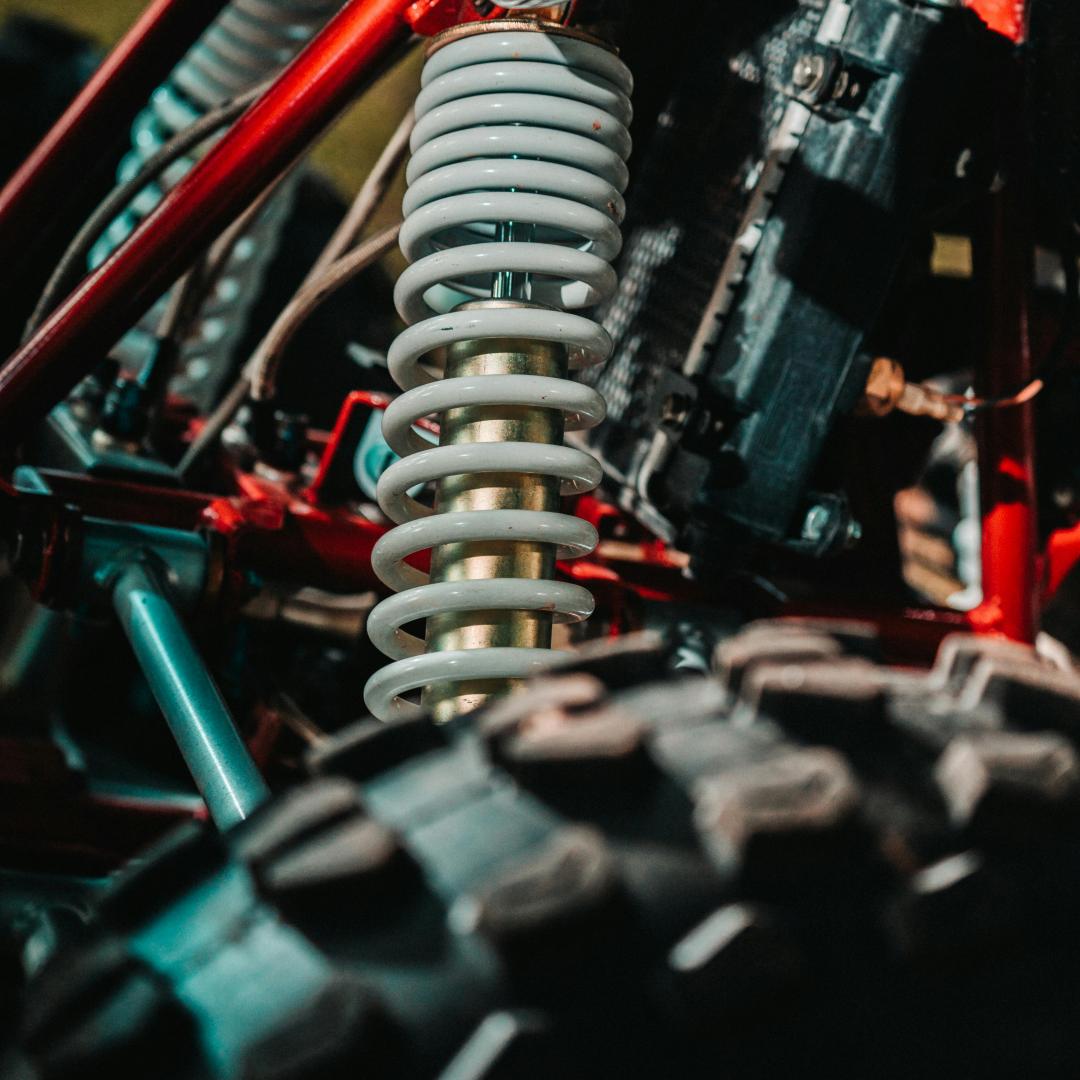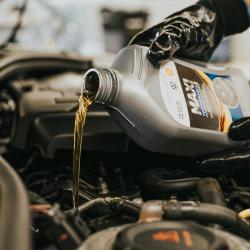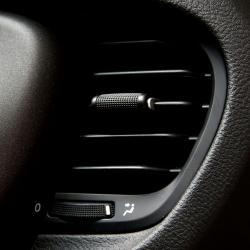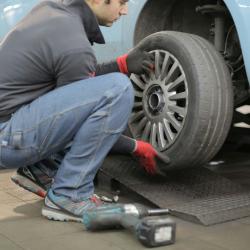How to Maintain Your Car’s Suspension System for a Smooth Ride
A smooth, comfortable ride is something all drivers appreciate, but it’s often taken for granted. The suspension system is a key component responsible for this experience, absorbing bumps and ensuring stability on the road. Over time, however, the suspension can wear down, leading to a rough ride and potentially unsafe driving conditions. Regular maintenance can help preserve the functionality of your car’s suspension system, enhancing comfort and safety. Here’s how you can maintain your car’s suspension system for a smooth ride.
Understanding Your Suspension System
Before diving into maintenance tips, it’s crucial to understand the basic components of a suspension system. The key parts include:
- Springs: These support the vehicle’s weight and absorb shocks from the road.
- Shock Absorbers: Also known as dampers, they control the impact and rebound of your vehicle’s springs and suspension.
- Struts: These are a combination of springs and shock absorbers in one unit.
- Control Arms: These connect the wheel hub and steering knuckles to the chassis, allowing for flexible movement.
- Ball Joints: These act as pivot points, allowing the suspension to move and the wheels to steer.
- Bushings: These are rubber or polyurethane pads that reduce friction between the metal parts of the suspension.
Routine Maintenance Tips
1. Regular Inspections
A routine inspection is the first step in maintaining your suspension system. Look for signs of wear and tear such as cracks, leaks, or rust. A professional mechanic should inspect the suspension system at least once a year or every 12,000 to 15,000 miles.
2. Check the Shocks and Struts
Worn out shocks or struts can lead to a bumpy ride, poor braking performance, and excessive tire wear. To check if they’re still in good condition, perform a bounce test: push down hard on the front or rear of your car. If it bounces more than once or twice, it might be time for a replacement.
3. Monitor the Springs
Listen for noises such as squeaking or groaning, which may indicate that the springs are worn. Rust or cracks are also signs that your springs may need attention. Replacing them promptly can prevent further damage to your vehicle’s suspension system.
4. Keep an Eye on the Alignment
Misalignment can cause uneven tire wear and strain the suspension system. If your car pulls to one side when driving or your steering wheel is off-center, it’s time for an alignment check. Regular alignment improves handling and prolongs the life of your suspension components.
5. Maintain Proper Tire Pressure
Your tires are the first point of contact with the road. Keeping them properly inflated reduces stress on the suspension system and ensures a comfortable ride. Check your tire pressure monthly and adjust it according to your vehicle’s specifications.
6. Listen and Feel for Changes
Pay attention to any changes in the way your car drives. Unusual noises, vibrations, or changes in handling can all indicate suspension issues. Early detection can prevent minor problems from becoming major repairs.
7. Lubricate Suspension Parts
Keep the suspension components well-lubricated to reduce wear and tear. Regular lubrication can prevent squeaks and maintain smooth operation. Consult your vehicle’s manual for the recommended type and frequency of lubrication.
When to Seek Professional Help
While some maintenance tasks can be performed by the owner, others require professional expertise. If you notice persistent issues despite routine maintenance, or if you’re unsure about inspecting certain components, it’s best to consult a professional mechanic. They can provide a comprehensive inspection and necessary repairs, ensuring your suspension system is in top condition.
Conclusion
Maintaining your car’s suspension system is essential for a smooth and safe driving experience. By regularly inspecting and servicing the key components, you can prevent costly repairs and enjoy a comfortable ride. Remember that a well-maintained suspension system not only enhances your vehicle’s performance but also contributes to your overall safety on the road. Prioritize these maintenance tips, and your car will thank you with many miles of smooth driving.






















